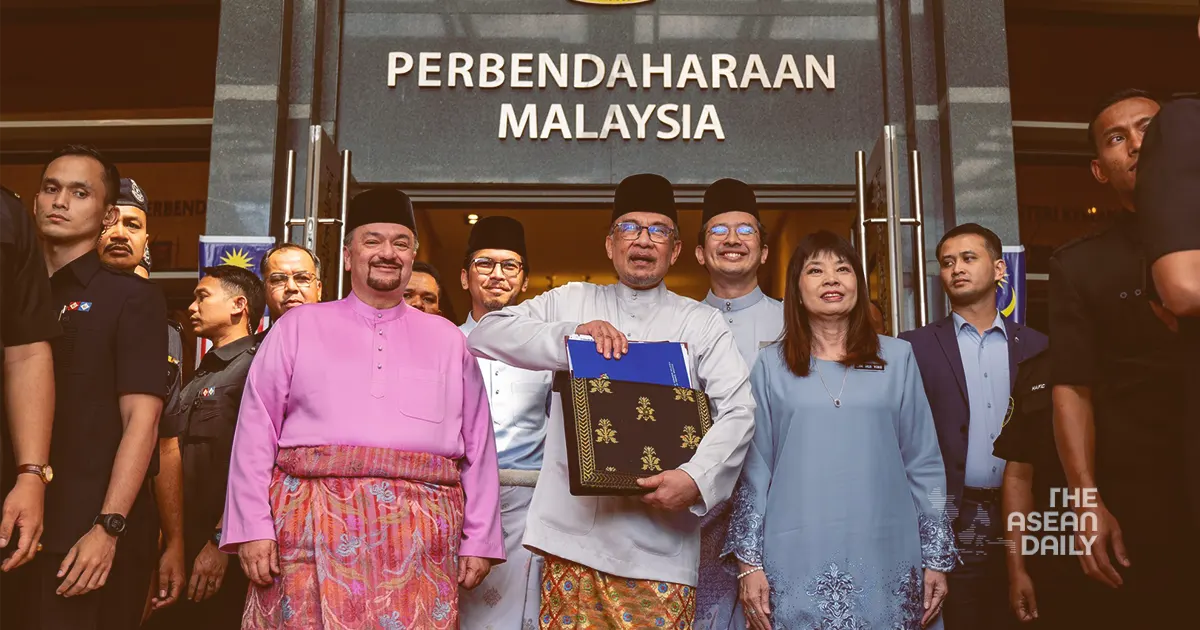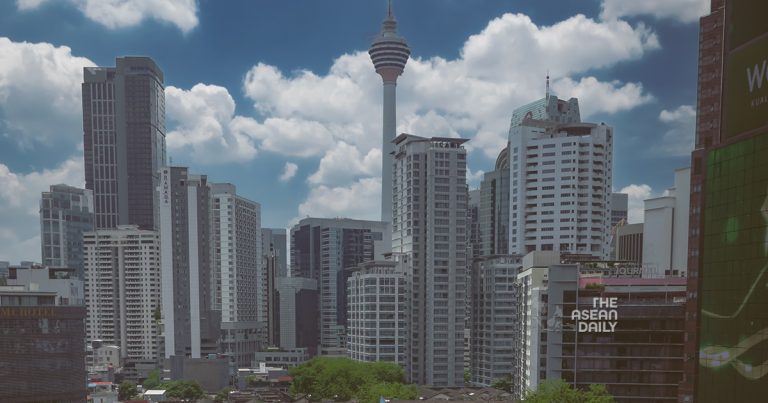26-10-2024 (KUALA LUMPUR) Malaysia’s ambitious plan to restructure its subsidy system has ignited a nationwide debate over the definition of wealth, as the government grapples with identifying the top 15 per cent of earners who will bear the brunt of upcoming subsidy cuts.
Prime Minister Anwar Ibrahim’s recent budget announcement, which outlined plans to reduce subsidies for the “mahakaya” (ultra-rich), has raised concerns about the potential impact on middle-class families, particularly in urban areas where living costs are substantially higher.

The government’s current threshold for the top 15 per cent bracket—households earning RM13,500 (S$4,100) or more monthly—has drawn criticism from economists and opposition figures who argue that this classification oversimplifies economic reality. The measure would affect approximately 1.1 million households, representing roughly 4.3 million Malaysians.
Economy Minister Rafizi Ramli has acknowledged these concerns, indicating that the government is developing a more nuanced approach that will consider factors beyond gross income, including geographical location and basic household expenditure patterns.
The proposed reforms aim to redirect an estimated RM8 billion in fuel subsidies currently benefiting the wealthy and foreign nationals. However, urban professionals like Hafidz Rahmat, who supports a family of six, fear the changes could increase their annual expenses by up to RM20,000.

Dr Muhammed Abdul Khalid, a research fellow at Universiti Kebangsaan Malaysia, argues that the current threshold fails to account for regional cost variations, noting that RM13,500 monthly represents middle-class status in Kuala Lumpur rather than wealth.
The reform package, scheduled for implementation by mid-2025, will affect subsidies on RON95 petrol, education at prestigious government schools, and healthcare services. The government aims to boost tax revenue through these measures while introducing a new 2 per cent tax on dividend payments exceeding RM100,000.
Economists suggest raising the T15 threshold to RM20,000 monthly to better reflect economic realities and ensure the reforms target genuine high-income earners rather than stretched middle-class families who already contribute significantly to the nation’s tax base.
The debate continues as Malaysia seeks to balance fiscal responsibility with social equity in its largest budget to date, totalling RM421 billion.




